DESIGNER
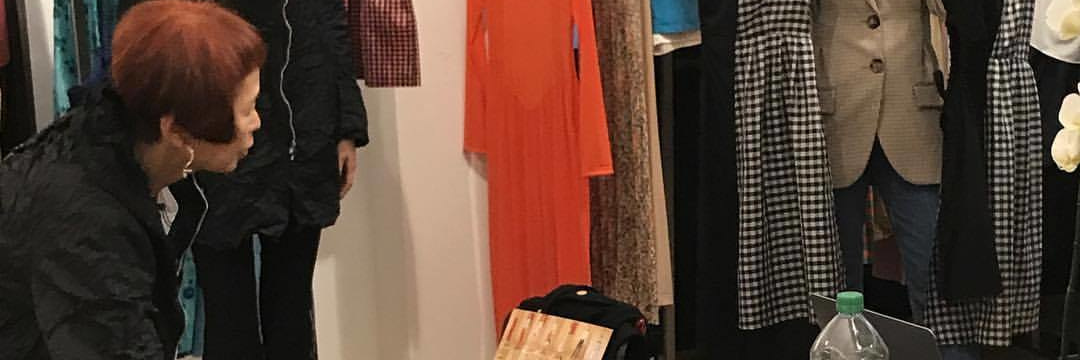
DECO SUGAI(菅井 英子/HIDECO SUGAI)
ニューヨーク州立ファッション工科大学に留学、デザイン、マーチャンダイジングを学ぶ。
帰国後、テイジン・マーケティング部において国内・海外向けのテキスタイル企画・開発、およびファッション・マーケティング活動を展開。
その後、(株)デコ・ジャパンを設立しファッション・デザイナーとして活動を開始。
日本の伝統と文化を軸に、ニューヨークでの生活体験から生まれる大胆なデザインと個性的なテキスタイルによって、独特のモダンな感性が溢れるデザインを展開。
独創的な友禅のデニムや西陣織による新しいクチュールラインに挑戦し、世界に発信する。
2014年4月、京町家を改装し、ショップ、ショールーム、ギャラリー、アトリエが一体となった空間をオープン。日本のデザインを京都から世界に発信。あらためて日本の伝統と技術を見直し、日本の感性を活かした確かなモノづくりに挑戦。
1990 ●東京コレクションにデビュー。 ● ホテルニューオータニ大阪のユニフォームをデザイン。
1992 ●NHK「世界の街角とファッション」の解説を担当。(~1995年)
1993 ●京都「建都1200年」公式バナーをデザイン。
1994 ●ADIDAS社(独)とデザイン契約。オリジナルラインをパリ・東京で展開。 ●第3回「Fashion Cantata from KYOTO」に出品。(~1997年)
1995 ●サロン「DECO MILANO」をミラノに開設。欧米、中近東にコレクションを販売。
1997 ●ホテルグランヴィア京都のユニフォームをデザイン。
1999 ●パリのサロン「Espace Carole de Bona」に出展。 ● 東京コレクションを開催。(青山円形劇場・有栖川スタジオ)
2000 ●ホテルグランヴィア京都のオリジナルドレス(ウェディング)を発表。
2002 ●レザーウェア「KAHA by DECO SUGAI」を発表。
2003 ●三越日本橋本店1Fにて「KAHA by DECO SUGAI」のショーを開催。
2006 ●京都に本社を移転。
2008 ●KBS京都「キョウトクチュール」に出演。 ●大阪大学、京都精華大学で特別講義を行う。
2009 ●パリのサロン「Atmosphere」に出展。以降、毎シーズン出展。
2012 ●モードスポーツ「+D by DECO SUGAI」を販売開始。
2010 ●「JOSEPH」ブランド(樫山)とのコラボ商品を販売。
2014 ●京都にコンセプトショップをオープン。
2015 ●塚喜商事(株)とのコラボで「西陣織美術工芸あさぎ」を使ったクチュールライン 「ASAGI BROCADE by DECO SUGAI」を発表。国内で販売を開始。 ●コンセプトショップのオープン1周年記念イベントとしてショーを開催。琴奏者「大谷祥子」、ギター奏者「高井博章」のデュオとコラボ。 ●パリと同時開催のニュイブランシュ京都2015に参加。オリジナルコレクションのショーを開催。三味線奏者「KIJI」、尺八奏者「き乃はち」のデュオとコラボ。
2016 ●3月、「ENJOY KYOTO vol. 15」の「Kyo Person」に菅井英子が掲載される。
2017 ●3月、阪急百貨店うめだ本店10F「うめだスーク」スーククロゼットで展開を開始。 ●9月、2018SSシーズンよりパリのショールーム”Florence Deschamps”に出展。
2018 ●2月、2018-19AW、パリのショールーム”Florence Deschamps”に出展。 ●4月、中国、大連ファッションウィークにてショーを開催。
STARTING POINT
1.日本の美をまとう
2014年の春、オフィスビルから京町家に移転しました。オフィスに併設するカタチで念願の広々としたコンセプトショップ”DECO Japan”をオープンしました。創作から販売まで一気通貫したスペースです。
NYでデザインの勉強をしていた時以来、日本の美しさを単なる伝統美で終わらせるのではなく息衝かせたいという思いから、私なりのジャパンスタンダードとして日本のカタチを色々な角度から追及して来ました。流行に左右されることなく、色々な人達とのコラボによって日本の伝統技術に新しい感性を融合させた新しいスタイル、デザインを一つ一つ丁寧に作り上げ、世界が注目する「クールジャパン」として京都から世界に向けて発信したいと考えています。
弊社の新しいスペースは、奥行き30メートルのコンセプトショップがオフィス、アトリエに連なり、通常はギャラリーとして絵画、アンティーク家具等を扱う空間も設置しました。其処は様々なイベントやパフォーマンスも可能な有機的なスペースです。アーティストとのコラボ、インキュベーションにも役立てられます。ショーのランウェイとして使用することも可能で、町家路地を思わせる打ちっ放しのコンクリートと石畳、杉皮の壁面は伝統と現代の融合です。
コンセプトショップは単なる物販ではなく、京都を訪れる国内、海外の多くの人々と触れ合い、コミュニケーションが生まれればと思っています。商品や作品の評価はともかく、人との触れ合いから何か新しいモノが生まれるはずです。ネットやデジタルの社会では得られないモノをこの空間には期待しています。作る、見せる、売る、触れ合う、コミュニケートすることから学ぶことは大きいと思います。
既に職人、作家、企業の方々が来店され、コラボレートが始まり、既に作品が仕上がり、店頭に並んでいるモノもあります。
新しいモノを作るだけでなく、店頭では初期の頃に作った西陣織のジャケットや友禅染のドレス等を新作アイテムとコーディネイトしています。約20年経っても古さを感じさせることなく、まったく新しいスタイルに蘇ります。いつまでも変わらない、しかしその時代に応じて変わり続けるという「不易流行」の意味を感じさせられます。
確かな品質、クリエイティブなデザイン性と独自性を追求しながら、真に価値を理解して頂ける方々に向けて更に進化した創作活動を進めます。コンセプトショップでのお客様、取引先とのコミュニケーションを通じて日々学習しながら、奥深い伝統技術を更に習熟し、友禅デニム、西陣織、友禅染を糸、織、染、後加工によって新しさを加えて進化させたいと考えています。
2.ジャパンスタイル
日本には伝統的な素晴らしいものが沢山あります。昔から作り続けられているカタチ、素材、色、文様、またそれを作り上げる技術は年々減って来てはいるものの、日本の文化として、近年富に再評価されています。
私はそれらをモダンな感性と新しい方法によって自分の服づくりに取り入れて生かしてきました。昔ながらのそのままの手法を生かすこともありますが、また最新のテクノロジーによって、まったく新しいモノに刷新させることもあります。
いずれにしても日本の文化として伝統と創生を繰り返し、日本人の歴史とともに育まれて現代に残るものは今後も世界に通用すると信じています。そして、さらに進化させたいと思います。
京都は日本の伝統文化の中心であり、それを支える職人の宝庫でもあります。私は以前よりその職人とコラボレートして創作活動を行ってきました。近年、その京都に移り住み、現在は町家にアトリエ、ショップ、ショールーム、ギャラリーが一体となったコンセプトショップ”DECO Japan”を開設、新たな創作活動を行っています。奥深い京都で日本文化と伝統に触れ、素晴らしい技術を持つ職人とともに日本の伝統とモダンさがバランスよく融合したジャパンスタイルの創造を目指しています。
3.服づくりの原点
私は、ファッションを文化として捉え、「心と身体をやさしく包む」ことをコンセプトに、それをカタチとして表現しています。日本にはファッションの要素として、カタチ、色、柄、素材等、素晴らしいモノが沢山あり、それらは日本の文化として近年益々評価されています。
京都は日本の伝統文化の中心で職人の宝庫です。私はその職人と一緒に創作活動を続けて来ましたが、近年京都に移り住み、京町家を改装してコンセプトショップ”DECO Japan”をオープンしました。”DECO Japan”は、アトリエ、ショップ、ショールーム、ギャラリーが一体となった、まったく新しい空間です。
あらためて日本の伝統と技術を見直し、様々な分野のスペシャリスト(職人、クリエイター、プロデューサー)や企業との新たなコラボをスタートさせました。そして、日本の伝統とモダンさがバランスよく融合したジャパンスタイルの創造を目指し、日本の感性を活かした新しいモノづくりに挑戦し、そのクリエイションを「クールジャパン」として京都から世界に向けて発信しています。
4.クリエイティブの原点
私は、「自然」、「東洋文化」、「テキスタイル」、そして「着物」という四つの要素をベースに、「過去と現代」、「西洋と東洋」、「自然とハイテク」、「平面と立体」という互いに対峙するものを融合しながら、人を包みこむ新しいカタチを創ります。
1.自然
東洋思想には「自然と共に生きる」という考え方があり、人間は自然の一部であり、神は自然の中に存在します。私は、着衣が身体を保護すると同時に神(自然)と交信するためのツールであったと解釈しています。そして、五穀豊穣を願って自然をモチーフにした色や柄を多用したのでしょう。
こんな東洋思想をベースに、私は「心と身体をやさしく包む」デザインを心掛けています。その服を着ることによって、その人の心と身体が安らぎ、自然と共存出来ればと思います。
2.東洋文化
西洋と同様に、東洋には素晴らしい文化が多数あります。中国大陸を中心に北方や南方へと広まり、日本にも伝来し、それぞれの地域で独自の文化を創生しました。また、西洋とはシルクロードを介して交流し、お互いに影響を与えながら発展しました。
日本は、建築、芸術、芸能、茶道、花道など静かで力強い独自の文化を醸成してきました。
私の感性のオリジンである日本の文化を大切にしながら、グローバルな視点で創作活動を続けていきたいと考えています。
3.テキスタイル
私にとってテキスタイルはデザインの中核を占めるもので、私のクリエイションはテキスタイルから始まります。なぜならば、テキスタイルの色、柄、質感が、ファッションを表現する上で、人の視覚と触覚に訴える非常に大切なものであり、さらに衣服として身体に直接触れるモノだからです。
日本には着物の染織を中心とする伝統技術と、ポリエステルを中心とするハイテク技術が共存します。私は常に伝統的な技術やハイテク技術を自由に使ってデザインを完成させることを心掛けています。
4.着物
日本の着物文化には平安時代から伝わる独自の色や柄の中に、素晴らしい和の感性や伝統技術が存在します。着物は、立体的でパッケージ的な西洋の服とは異なり、平面的な一枚の布を羽織ったり巻いたりすることによって、また着る人やその着方によって微妙な変化と緊張感が生まれます。着物文化から学ぶべきものは多く、それは新しい発想の原点にもなります。私は、新しいカッティングを取り入れたモダンな現代のカタチを表現したいと考えています。
5.テクノロジー
今や、クリエイティブにデジタルは不可欠です。メールやインターネットは勿論、デザインアプリを駆使することによって、デザインワークのスピードとデザインパターンの拡がりは飛躍的に向上します。プリント等のテキスタイル加工にもデジタルのテクノロジーは不可欠で、アナログでは不可能な表現や仕上がりが可能です。目的によって、アナログとハイテクを使い分けて、クリエイティブの幅を拡げています。
COMMENTARY OF ENGLISH
Hideco Sugai
Fashion Designer /Director, Deco Japan
The starting point: Designer Hideco Sugai's philosophy of fashion
Kyoto-based fashion business Deco Japan was established some thirty years ago by designer Hideco Sugai. Based on the concept “enveloping the mind and the body”, the starting point for Sugai's clothes might be described as a kind of chemical reaction caused by fusion of extremes. The mind and the body, East and West, high-tech and traditional materials, functionality and playfulness- Sugai’s fashion is steeped in a rich sense of opposition. The designer herself likes to describe it as crossover.
Hideco Sugai was born and raised down the road in Osaka. After studying costume design there, she ventured by herself to New York to study design and marketing at the Fashion Institute of Technology (FIT), the alma mater of countless legends including fashion designers Calvin Klein and Céline Vipiana, as well as Nina Garcia, former fashion director of Elle and Marie Claire magazines. At the same time, she took English classes at the State University of New York. Sugai was 23 years old at the time. This was almost forty years ago, an age when studying abroad was not easy for a Japanese woman. Nonetheless, she was driven by a pure and simple force: the desire to prove herself overseas.
The New York years: Cultural encounters
Living in a dormitory near FIT in New York, Sugai's days were spent fraternizing with young people from all over the world. After coffee and breakfast in the cafeteria, Sugai would make her way to school on West 27th street near Seventh Avenue. During the day she attended her classes that were, naturally, held in English. At night at the dormitory she did her laundry using something she had never before seen: an automatic washing machine with a dryer. She strolled Fifth Avenue and frequented the boutiques of Greenwich Village. “It was continuous culture shock every day then,” laughs Sugai. However, her bewilderment also brought her great joy, since the chance to experience different cultures outside of Japan was the life she had wished for.
One incident in particular left a lasting impression on Sugai. One day, she had to make a presentation on a given subject at school. Originality was highly valued; ideas that stood out from the others. Sugai found herself questioning her own identity for the first time. She decided to give her talk on fashion theory based in Japanese aesthetics, showing a collage she had made from the cut-up pages of a pop fashion magazine and some Japanese chiyogami (craft paper in colorful patterns) she had had sent from Japan. Her presentation was much more warmly received than she expected. It was then that she realized that since it was Japanese culture that had made her who she was, it was strange to be talking about rococo or baroque style before addressing her own personal traditions and culture. Of all her experiences in New York, this was the one that brought the greatest shift in values, and was to profoundly influence her style as a designer. After two eventful years she had used to the absolute fullest, and graduating in her own style, Sugai returned to Japan as she had promised her parents she would. Yet as she flew out of JFK International Airport, she whispered a promise to the West. “I'll be back someday.”
Back in Japan: Demanding company work and breaking out alone
On returning to Japan, Sugai began working as stylist at Teijin Limited, a well-known Japanese company specializing in fibers. She chose the job because she had felt instinctively that textiles were ‘the building blocks of fashion’. There she studied the basics of textiles, and worked in the marketing department, mainly in charge of materials development and exhibition planning. While there were a number of female stylists working at the time, Sugai was the only woman involved in overseas marketing. She was in her element in this position, utilizing her English language skills and overseas experience in dealings with overseas buyers and exhibitions in Europe and other parts of the world. Her working days spent traveling the globe, Sugai absorbed a wealth of information, including the world-class quality of Japanese synthetic textiles and the technologies behind them, the differences in characteristics between high-tech fibers such as polyester and traditional natural fibers, and the techniques used by fabric artisans in Japan. Eventually a resolve grew within her. She reflects, “There weren't many fashion designers with such thorough knowledge of both synthetic and natural fibers. I wondered if that was the key to making clothes that only I was capable of.” Sugai felt the time had come to branch out on her own.
Independence: Dashing along the runway
In 1980 Sugai set up an office in Osaka, and Deco Japan Co. Ltd. was born. She was about 30 years old at the time. Although she had been brilliant in her work with Teijin, her lack of connections (aside from her apparel-store-owning father and fashion designer mother) and track record in the apparel business presented a considerable challenge. However, fate was on her side. Around this time the City of Osaka was establishing an event with the aim of nurturing fashion designers, the Osaka Collection. Sugai was invited to participate, and quickly accepted. Fellow participants included Osaka-born Hiroko Koshino who was already active in Europe. The stage was set for Sugai to strut her stuff.
For her first item, Sugai created an original arabesque jacket using Kyoto’s Nishijin-ori fabric. With this piece, Sugai's concept- ‘making fashion out of kimono fabric’, and on top of that, using the techniques and sensitivity of traditional kimono trades to create modern fashion- was made reality. Those emotions she had felt when questioning her identity in New York were infused in the garment that made up her first steps as a fashion designer. It was her first “crossover”. Here Sugai examined her starting point once more. She tells us, “Of course, the traditional culture that is the kimono is a kind of fashion that Japan is proud of. But on the other hand, the first-rate fibers that have supported Japan since the war are another facet of Japan, and Teijin is at the top of that field. I thought that, with my knowledge of both aspects, my personal contribution to society was to offer this crossover”.
Since these first steps, Sugai has been remarkably successful, starting with her Tokyo Collection debut in 1990, as well as uniform designs (including those of the Hotel Granvia Kyoto), a design contract with Adidas, and exhibiting at fashion galleries such as Paris’ Espace Carole de Bona and Atmosphere. Her career as an international designer was assured. However, Sugai is not one to be satisfied by this. She was already making her next step.
To Kyoto: The next step in the home of the kimono industry
As Sugai steadily built her career as a designer, she continued to deepen connections with artisans from textile-producing areas around Japan and in the traditional industries centered in Kyoto, searching for mediums through which she could realize her idealistic styles, and ultimate forms of fashion crossover. One of her biggest projects of the time was a five-year development of kyo-yuzen denim. She recreated on computer yuzen dyeing designs from the early 20th century Taisho Era, and pioneered a process through which denim was created using the tenasen technique, at a single Kyoto workshop. The ‘crossover denim’ creations born out of this unique process became part of Sugai’s collection, and she hopes to use these techniques to create a casual line of kimonos in the future.
Based on the success of projects such as this, Sugai decided that Kyoto was the perfect place from which to base her creative endeavors. In 2006 she moved her operations to Kyoto from her hometown Osaka, and in April the year before last, she opened her long-awaited concept shop that serves as her studio, office and gallery. This fashion hub is the fruit of her many years of activity.
Sugai's concept shop is located in central Kyoto on a narrow street near the large intersection of Karasuma-dori and Oike-dori, in a corner of an area lined with office buildings. The shop is a renovated Kyoto-style machiya townhouse, which typical of housing in Kyoto, is long and narrow, stretching back 30 meters from the street. Just inside the entrance is the shop space where Sugai's designs are displayed. Behind the shop space is the office and the studio, enabling a continuous flow from the initial conception through to sales point. Sugai's shop is also used as an event space for fashion shows and live performances. In October last year the space hosted a showing of Sugai's original collection with a live shakuhachi and shamisen performance, held as part of Nuit Blanche Kyoto 2015, a cultural event that took place simultaneously in Kyoto and Paris. Doubling as a first anniversary party for the concept shop, the event boasted an impressive turnout, including many guests from the media and Kyoto's fashion industry.
The latest chapter: Bringing street style to the kimono
What exactly is the difference between kimonos and Western-style clothing? The answer is clear to Sugai. “Western clothes are made to conform to the body, and the wearer is fitted into the clothes. They're three-dimensional. In contrast, Japanese kimonos are flat. It's like winding fabric around the body. Similar to origami or chiyogami, you just wrap, fold and tie the fabric. It's simple, and there's actually quite a lot of freedom.” It's similar to the ways in which Western paintings use perspective to create three-dimensionality, whereas Japanese ukiyoe are flat. “It's an philosophy of Zen- the appreciation of empty spaces and silence- that is the essence of Japanese design,” says Sugai.
“However”, Sugai adds, “I don't think of Western clothes and kimono as separate things.” This year Sugai is injecting her effort into an even newer form of fashion. While she has taken the approach of using Nishinjin-ori and other kimono production techniques in Western-style fashion in the past, this time her concept is the opposite; she's challenging herself to use Western fabrics in kimono-like styling. This kind of tailoring ticks the boxes of informality with ease. The kimonos are shorter in length than regular kimonos, have ceramic accessory-style sash fasteners, and are adorned with sequins. It wouldn't be an overstatement to call this “kimono street fashion”. Wear them over a t-shirt or show your relaxed side by pairing them with sneakers instead of the traditional geta sandals. These garments allow the wearer to enjoy a kimono style to be with ease. Sugai says “A traditional, orthodox kimono looks best when worn correctly and tightly. But at the moment there are no choices for young people or people from other countries who want to wear a kimono with a bit of freedom. Western clothes and traditional kimonos are the only two choices. That's why I think there should be some kind of middle ground, if you like- a kimono that's meant to be worn more casually and freely.” That's’ the idea behind her latest creation, Haoru an item that can be worn over kimono or Western style clothing equally stylishly. Sugai sees these as simply more “crossovers”. “Wearing something that didn't exist until that point creates a new mood. I'd like to blow a fresh breeze of change through society in this way. And I hope that breeze is strong enough to reach other countries.” Indeed, Sugai has plans to open a store in New York this coming autumn. Despite her considerable experience showing at exhibitions and fashion shows in European cities such as Paris and Milan, setting up in New York is a new project with its own challenges. Her new style of kimono will undoubtedly be part of her debut lineup in the starting point for her study of fashion crossovers, New York.
COROMO
by deco sugai
The Coromo by deco sugai line is known for its creative use of textiles and expressive silhouettes. Sugai’s first work in polyester, the arabesque Nishijin-ori jacket features a striking collar that makes brilliant use of the material’s smooth texture. Designer Hideco Sugai is synonymous with this original line of denim fabric creations decorated with dying techniques used in kimono making, such as yuzen dying and batik.
Deco Japan
【Address】京都市中京区堺町通御池下ル丸木材木町680-3
【Access】 A five-minute walk from Karasuma-Oike station on the Kyoto City subway (both Tozai and Karasuma lines)
【Open】11:00 am~7:00 pm 【Closed】Sunday, some public holidays
【Credit cards】 Accepted 【Phone】 075-468-8588
【E-mail】deco@deco-japan.co.jp
●Facebook:Deco Japan ●Instagram:@deco_japan
www.deco-japan.co.jp
COMPANY
〒604-8106 京都市中京区堺町通御池下ル 丸木材木町680‐3
コンセプトショップを営業中です。
11時開店 19時閉店 定休日 日曜日 祝日は不定期営業。
TEL 075-468-8588 FAX 075-468-8587
deco@deco-japan.co.jp
http://www.deco-japan.co.jp/
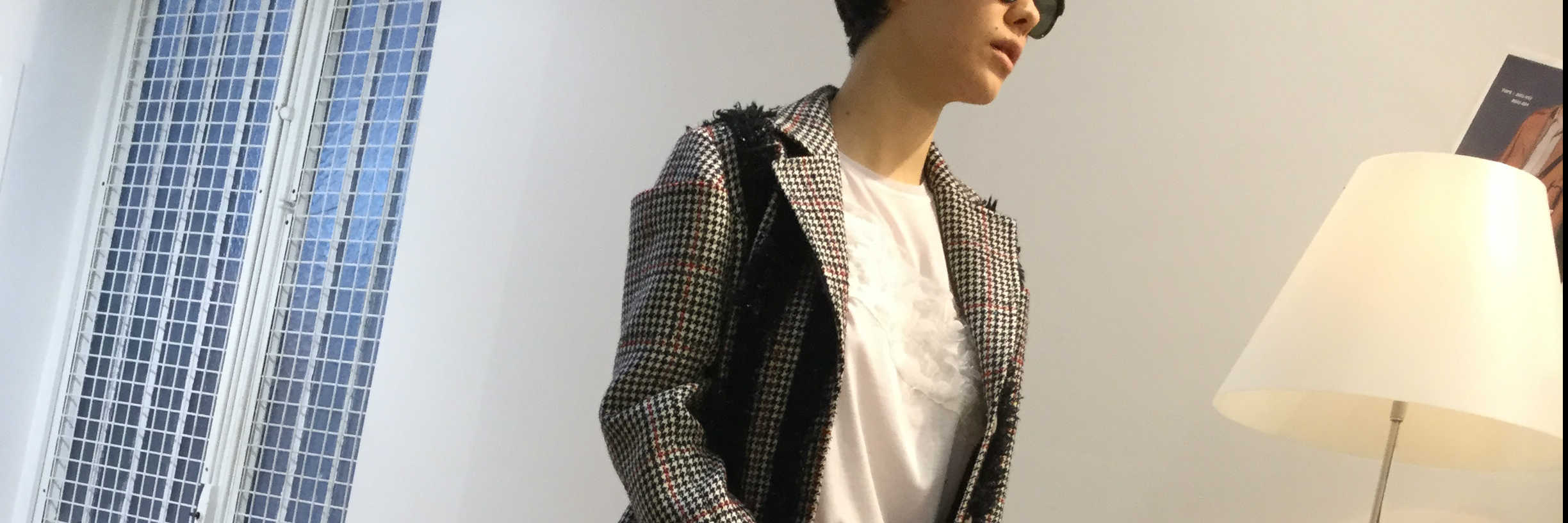
〒604-8106 京都市中京区堺町通御池下ル 丸木材木町680‐3
コンセプトショップを営業中です。
11時開店 19時閉店 定休日 日曜日 祝日は不定期営業。
TEL 075-468-8588 FAX 075-468-8587
deco@deco-japan.co.jp
http://www.deco-japan.co.jp/
創業 1980年1月
設立 1986年6月
資本金 1000万円
業務内容
1.婦人服の製造および販売
2.ファッション関連企画、デザインの制作
沿革
1980年、大阪市中央区安土町で創業、設立。
1991年、本社を神戸市東灘区の六甲アイランドに移転。
2014年、本社兼店舗を現住所に移転。
PRODUCT

COROMO by DECO SUGAI
2018-19 Autumn & Winter Collection
in Dalian


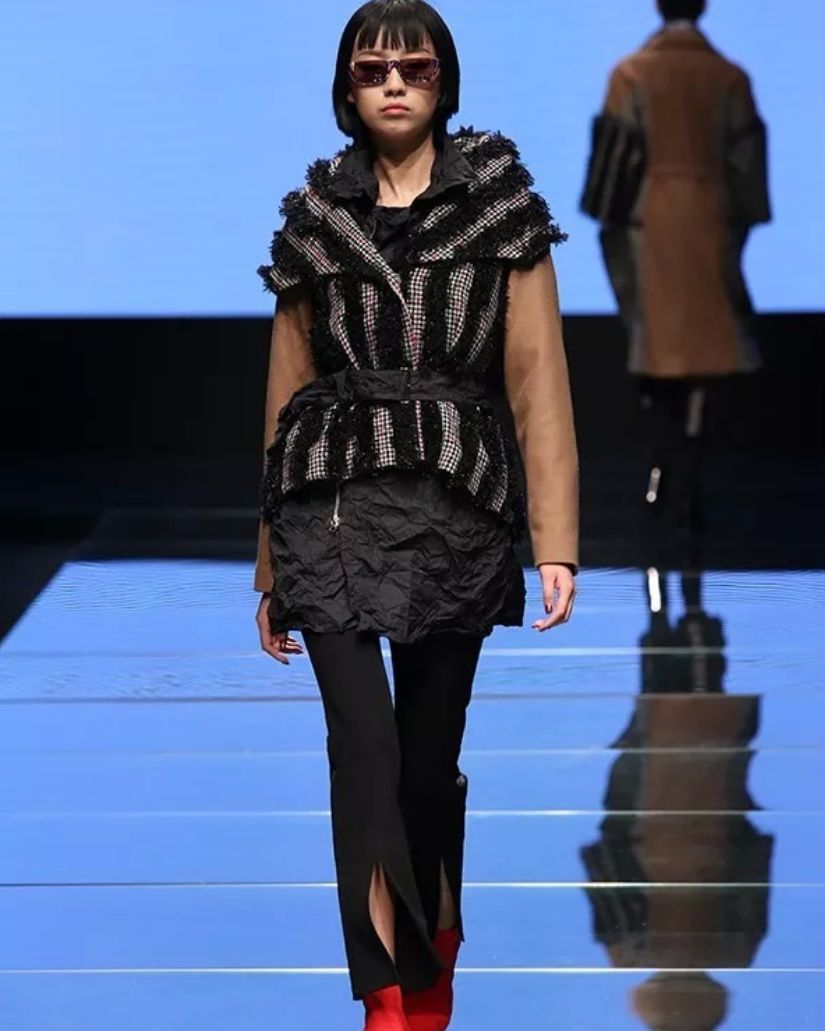








Florence Deschamps Showroom
2018-19 Autumn & Winter Collection
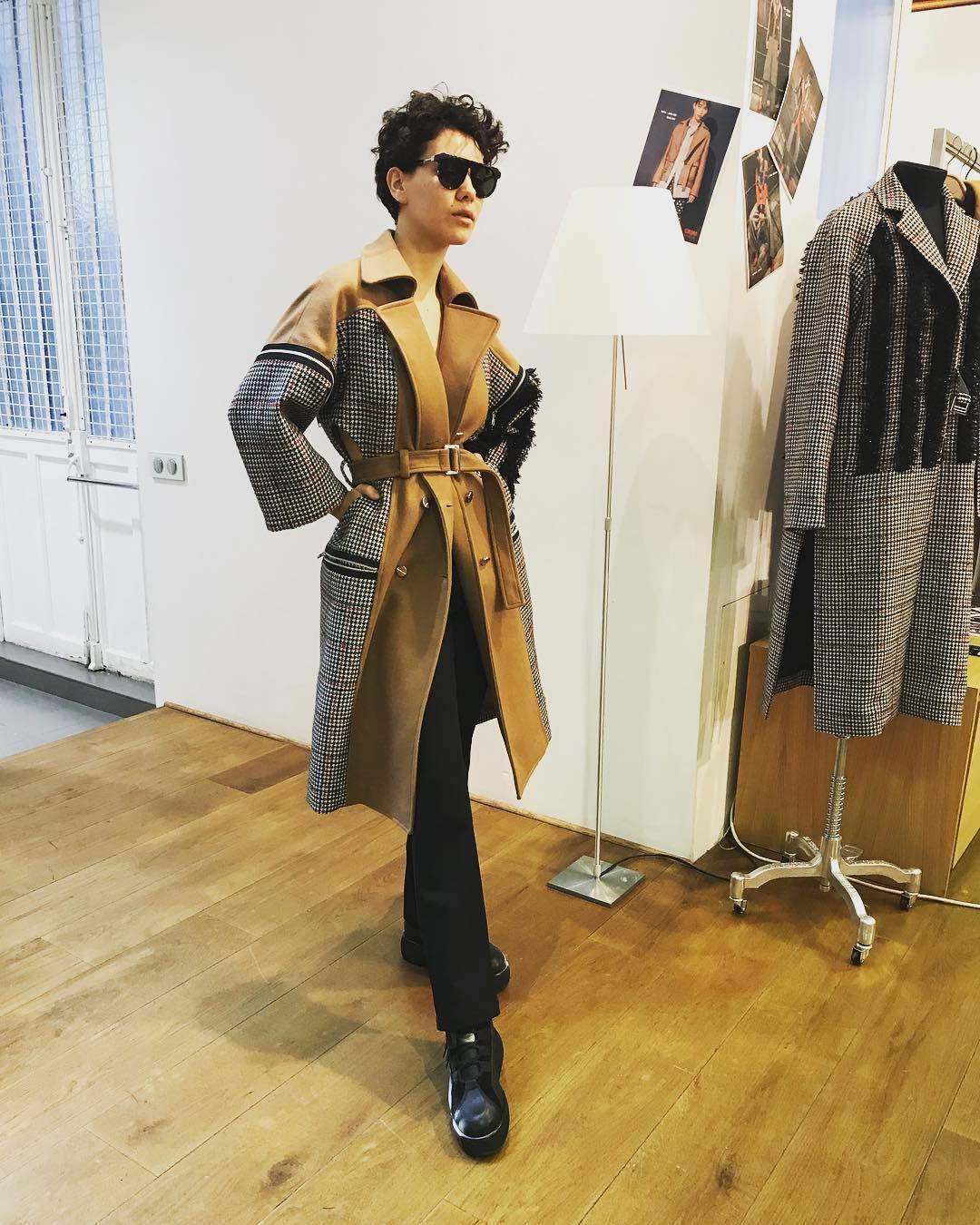
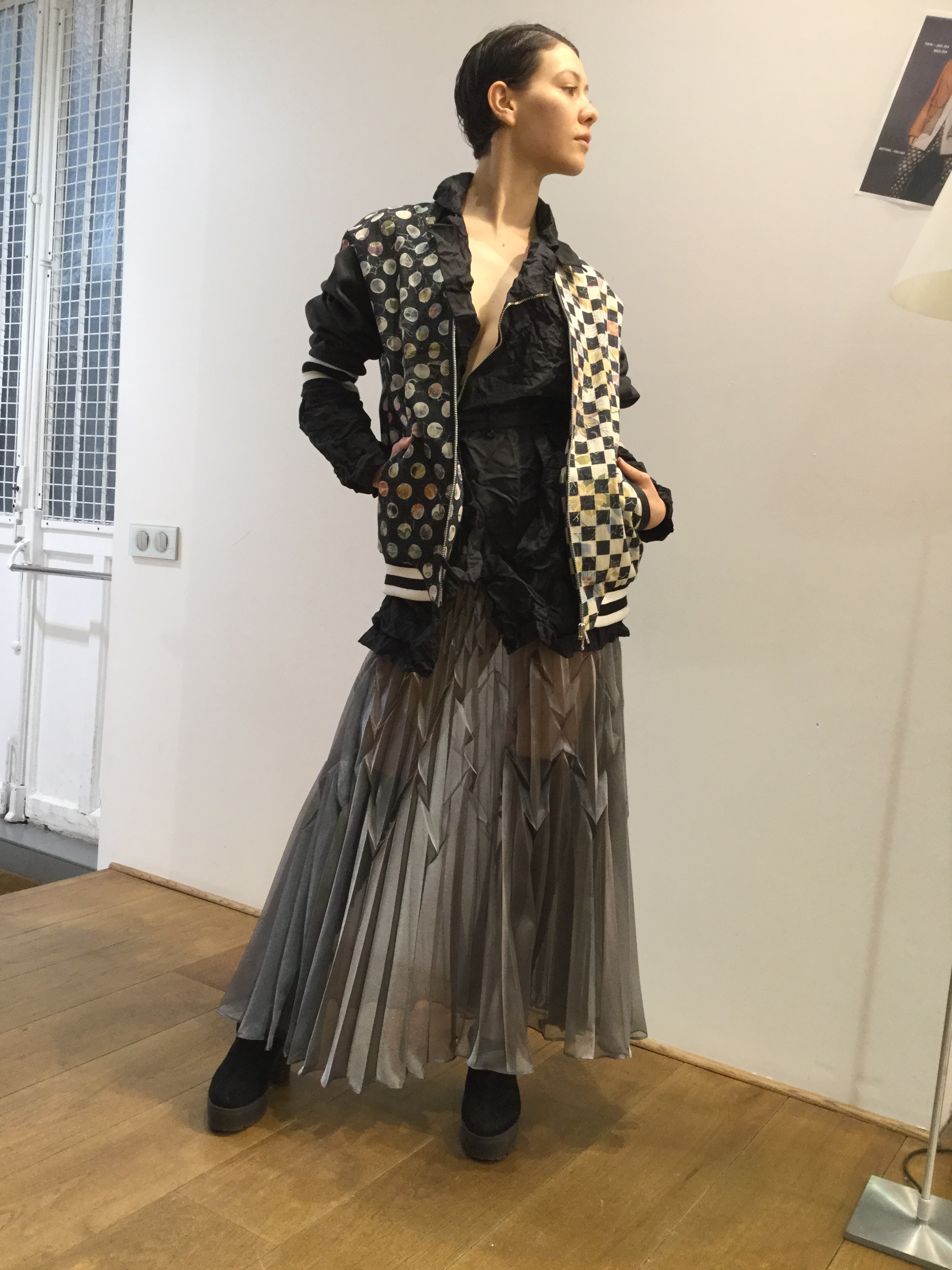

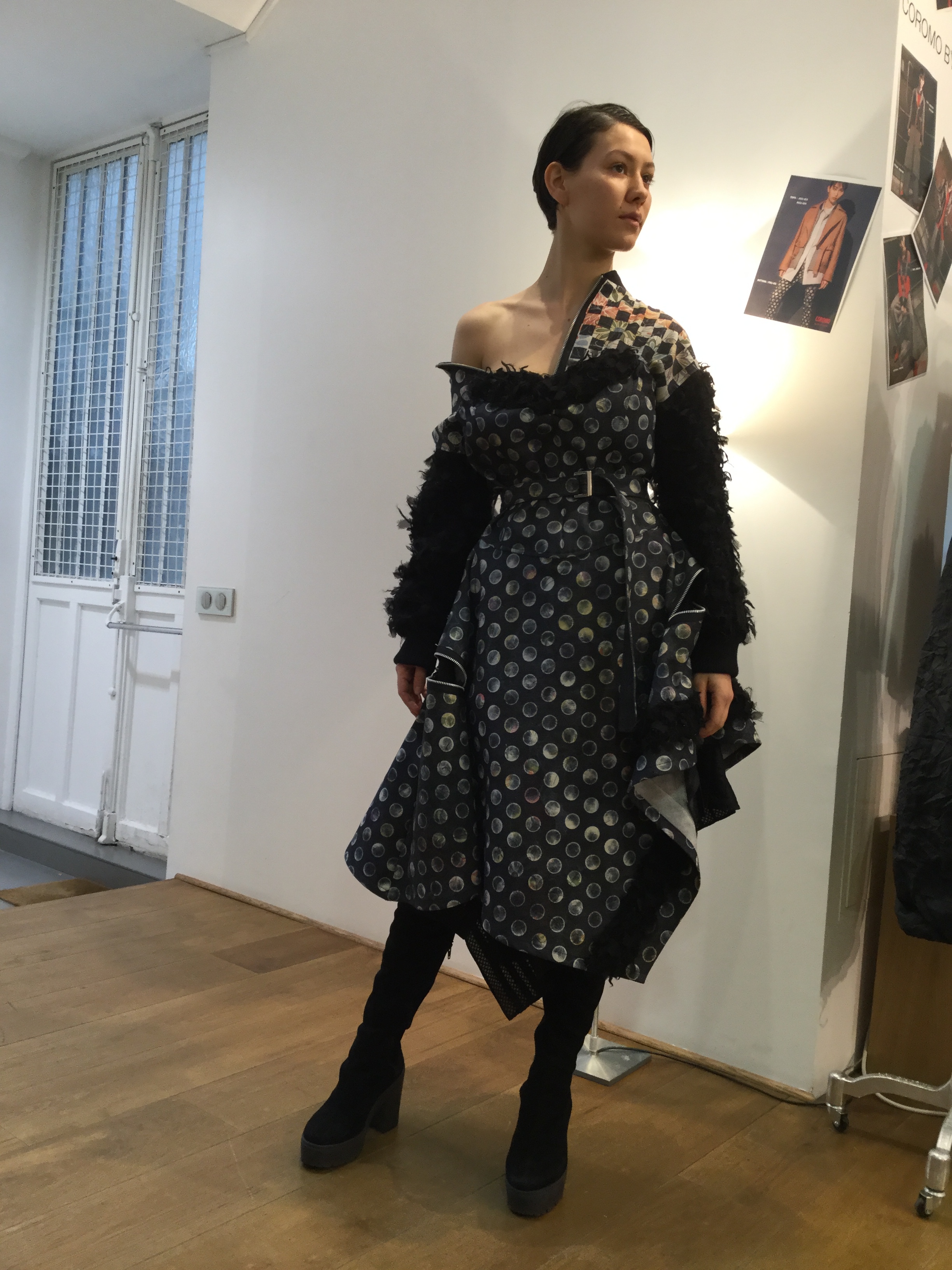
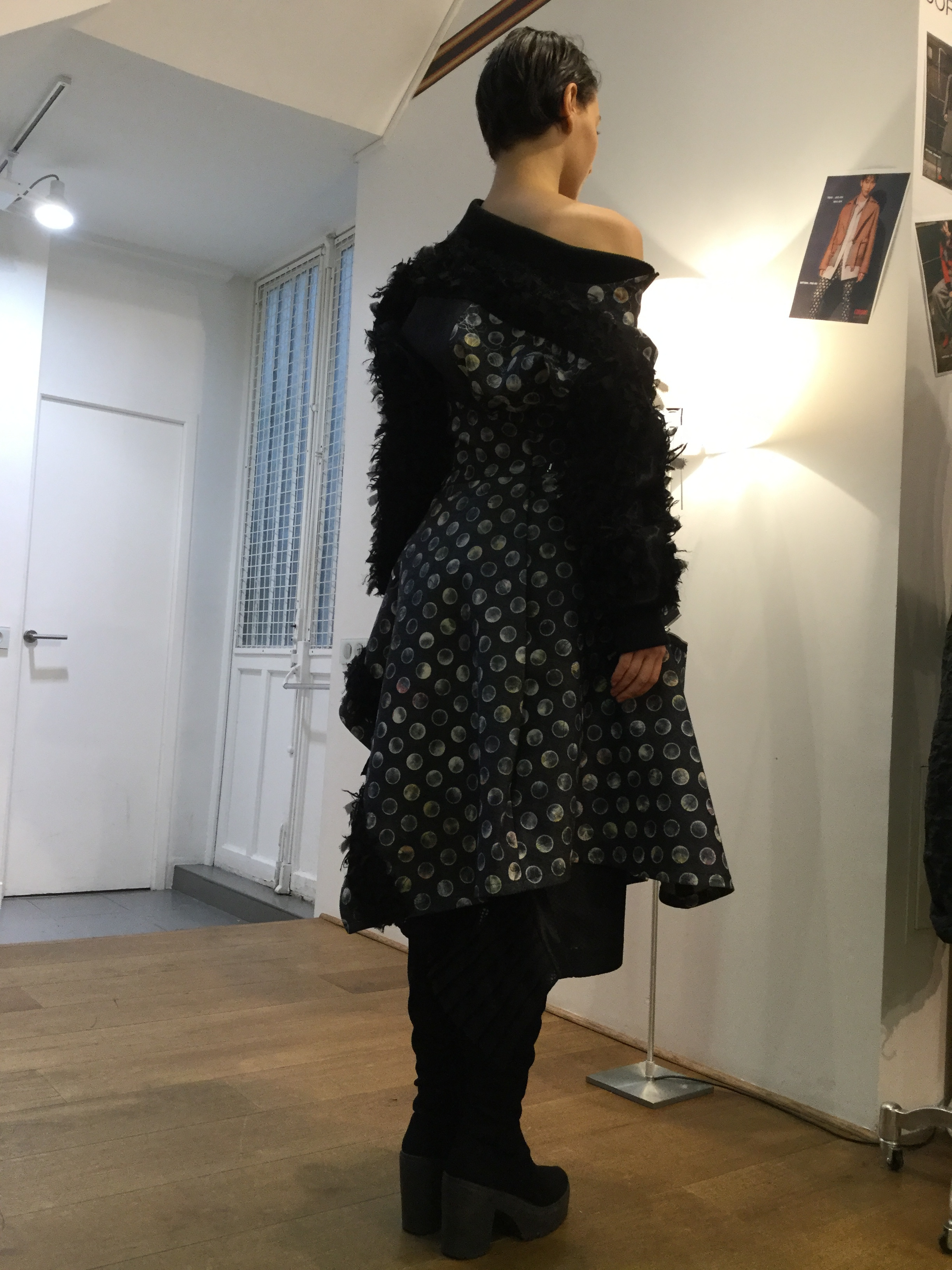

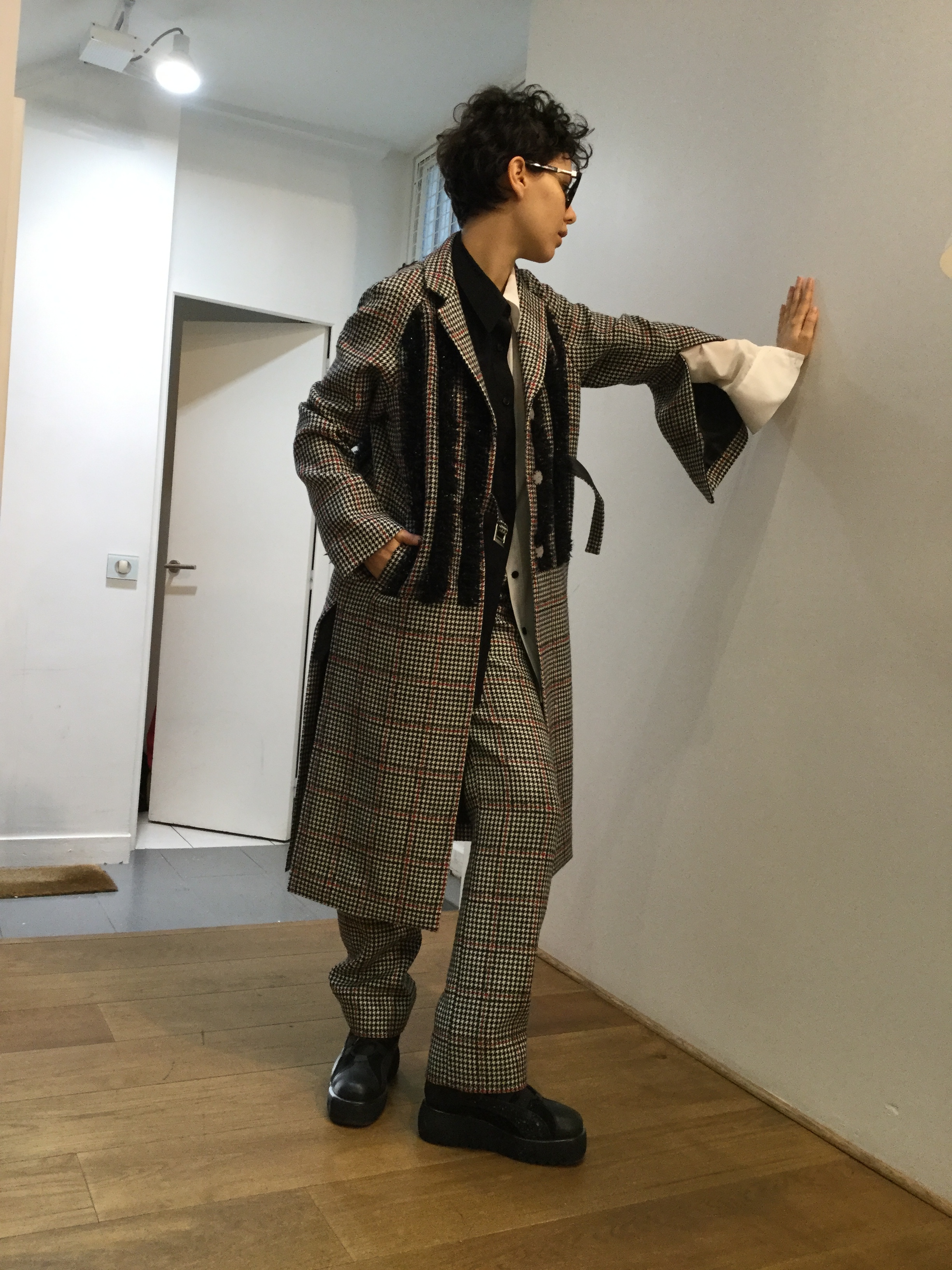
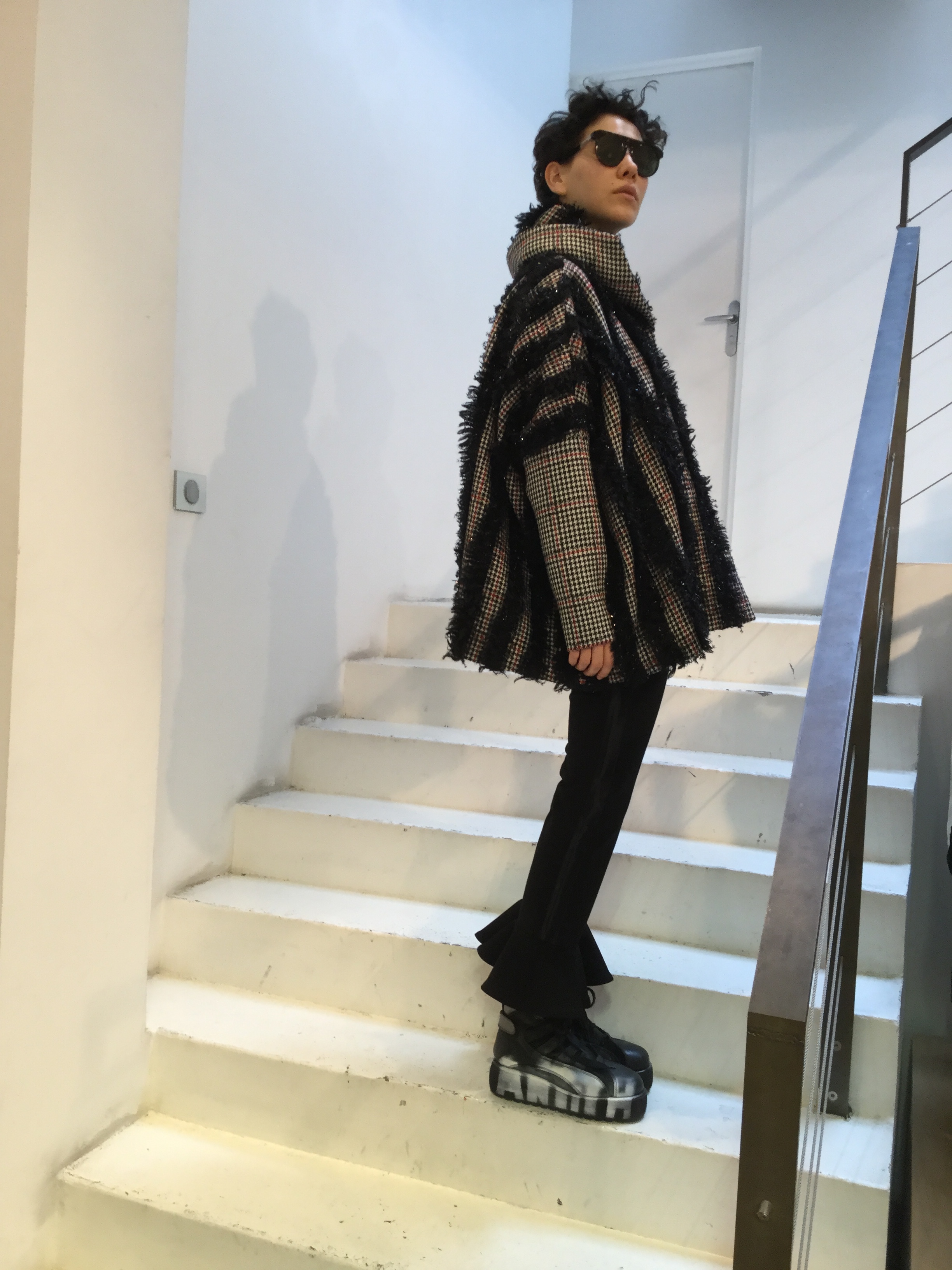
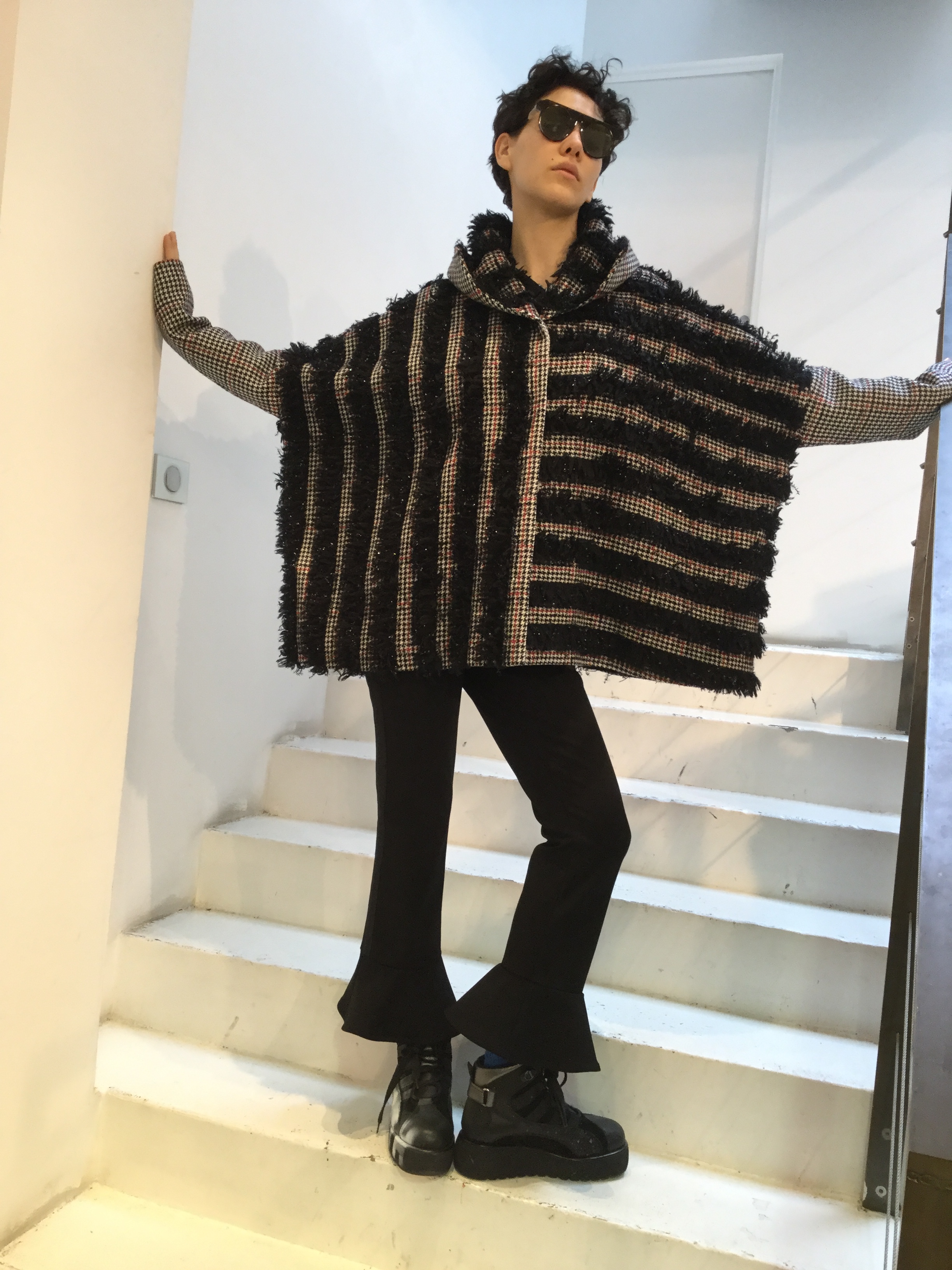
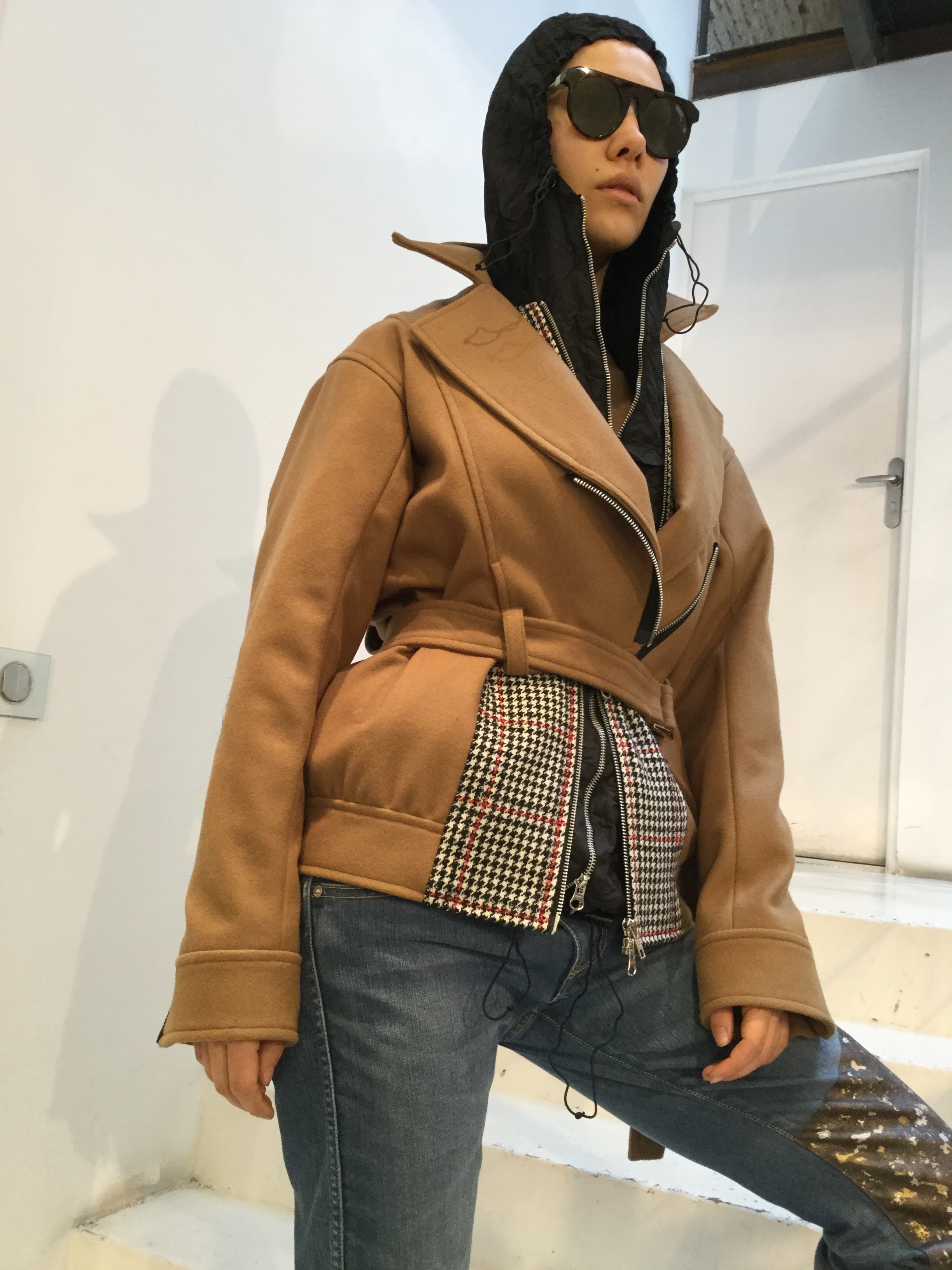
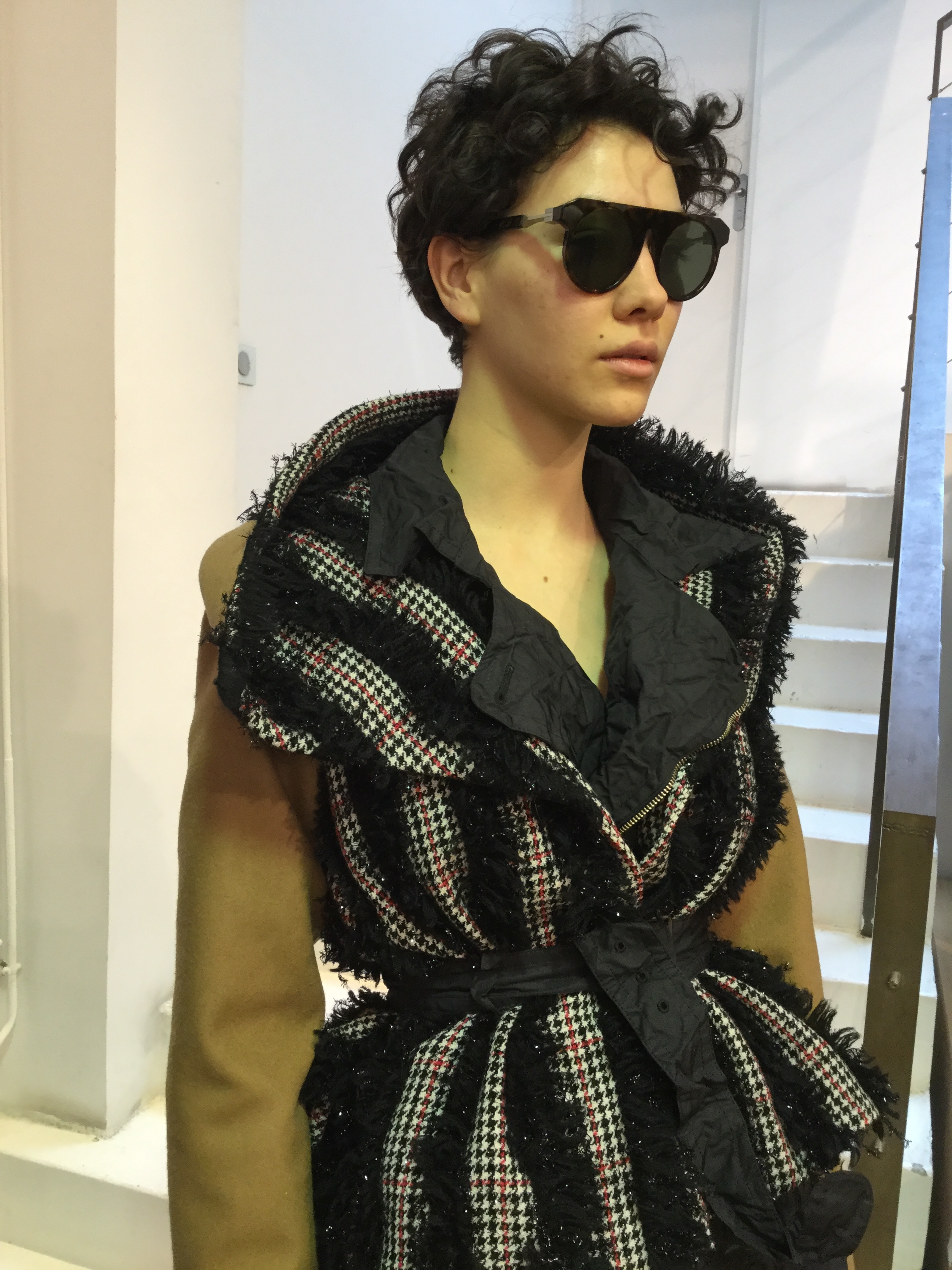
COROMO by DECO SUGAI
2018SS Collecthion
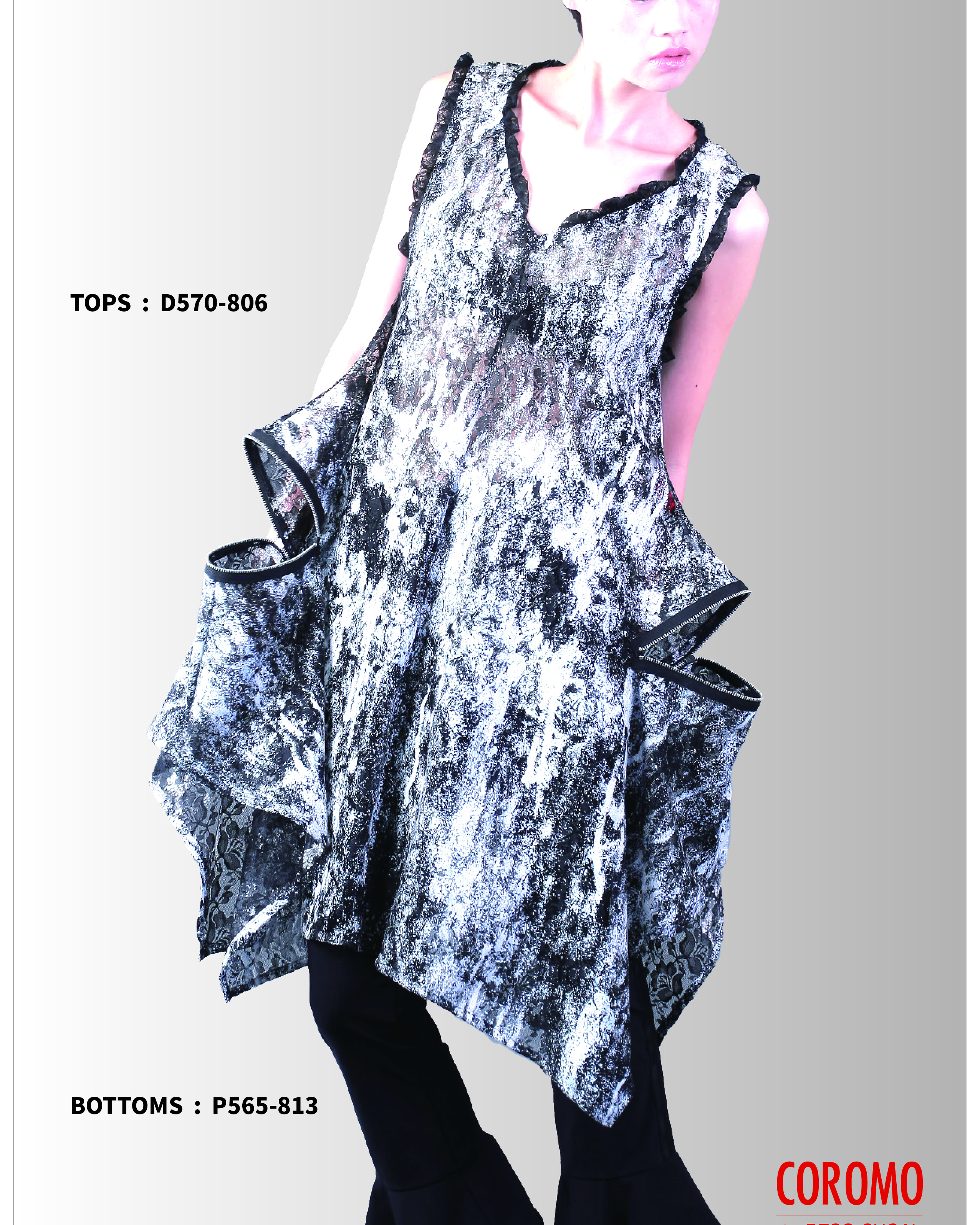
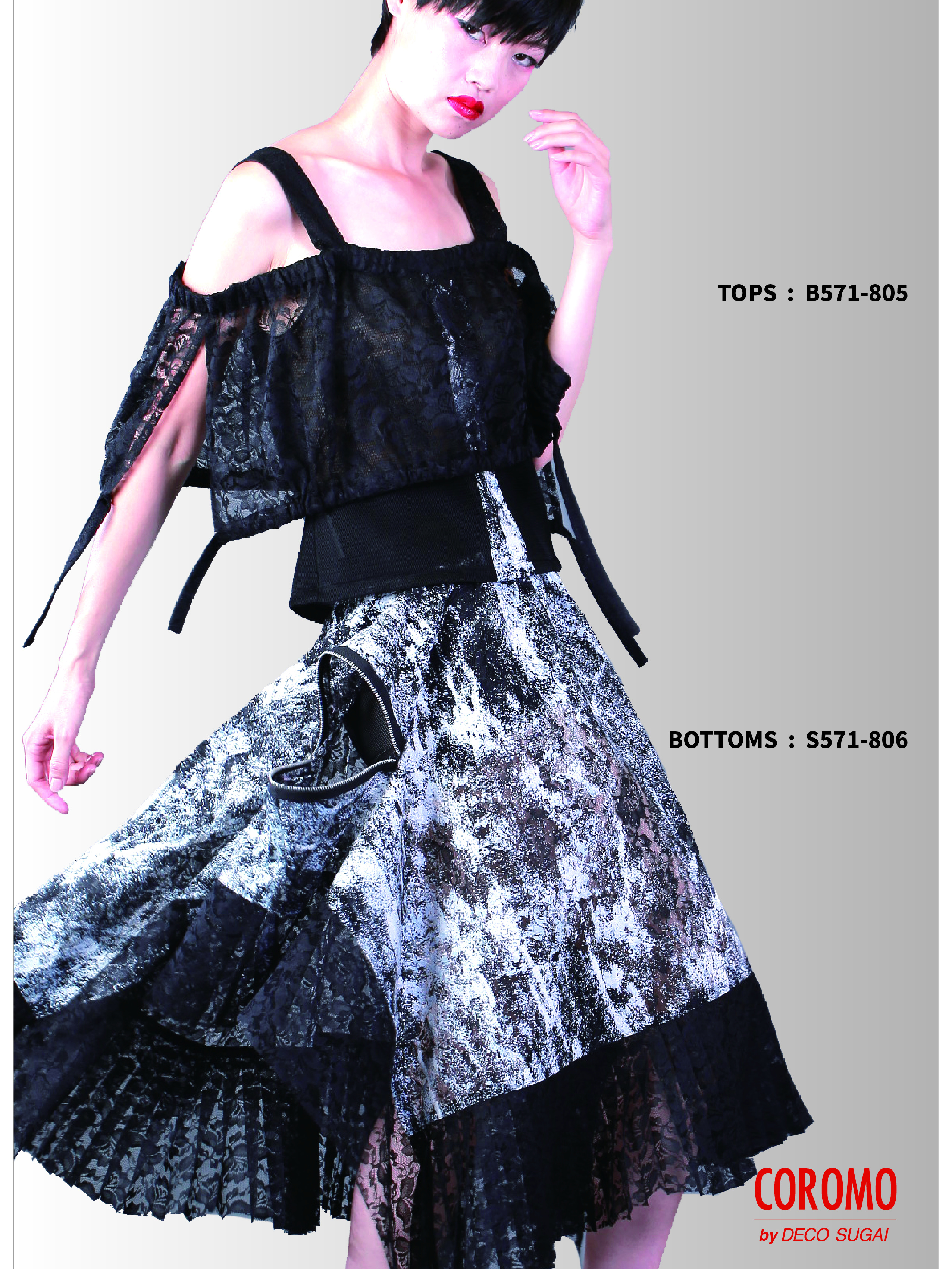
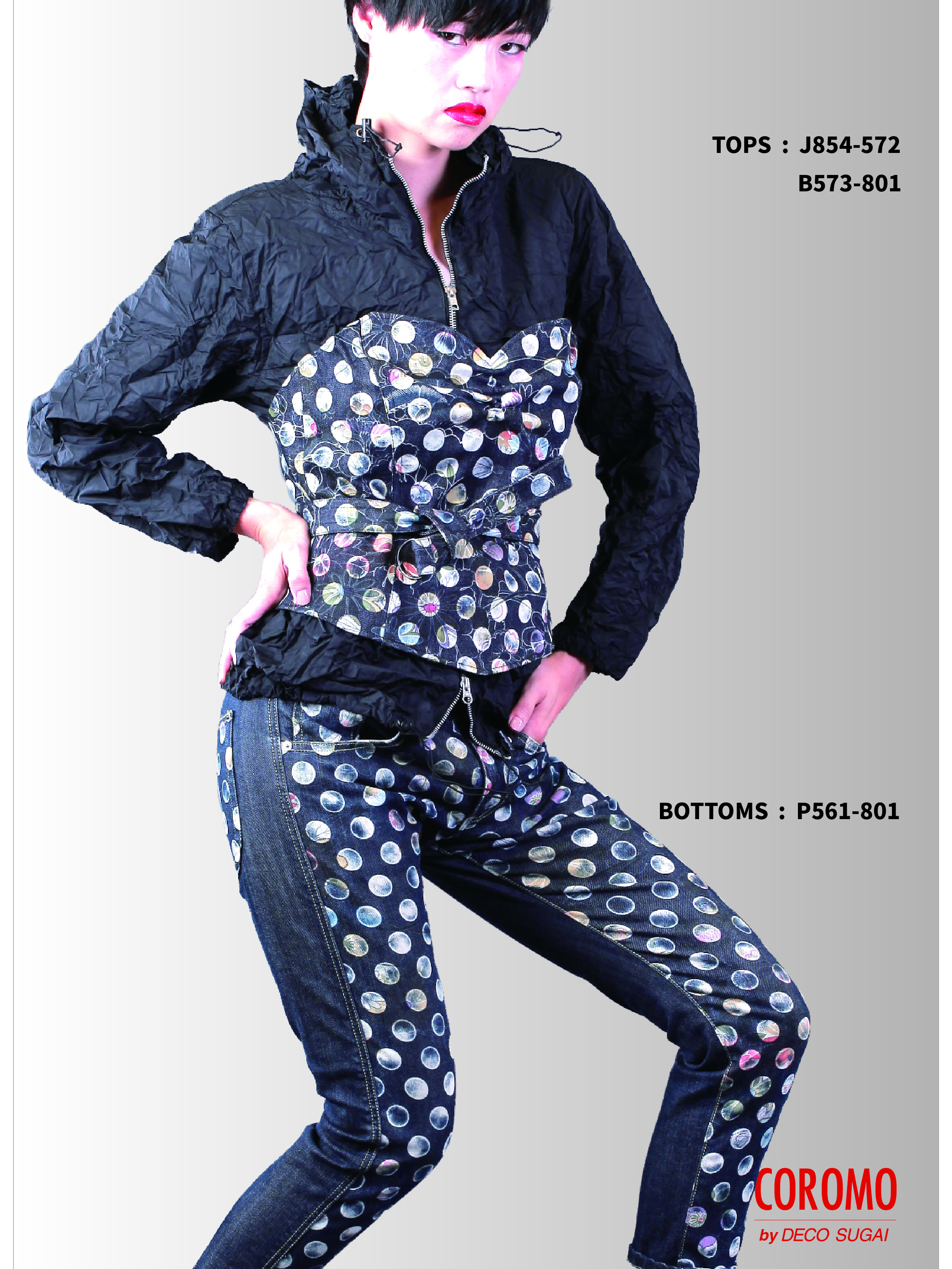
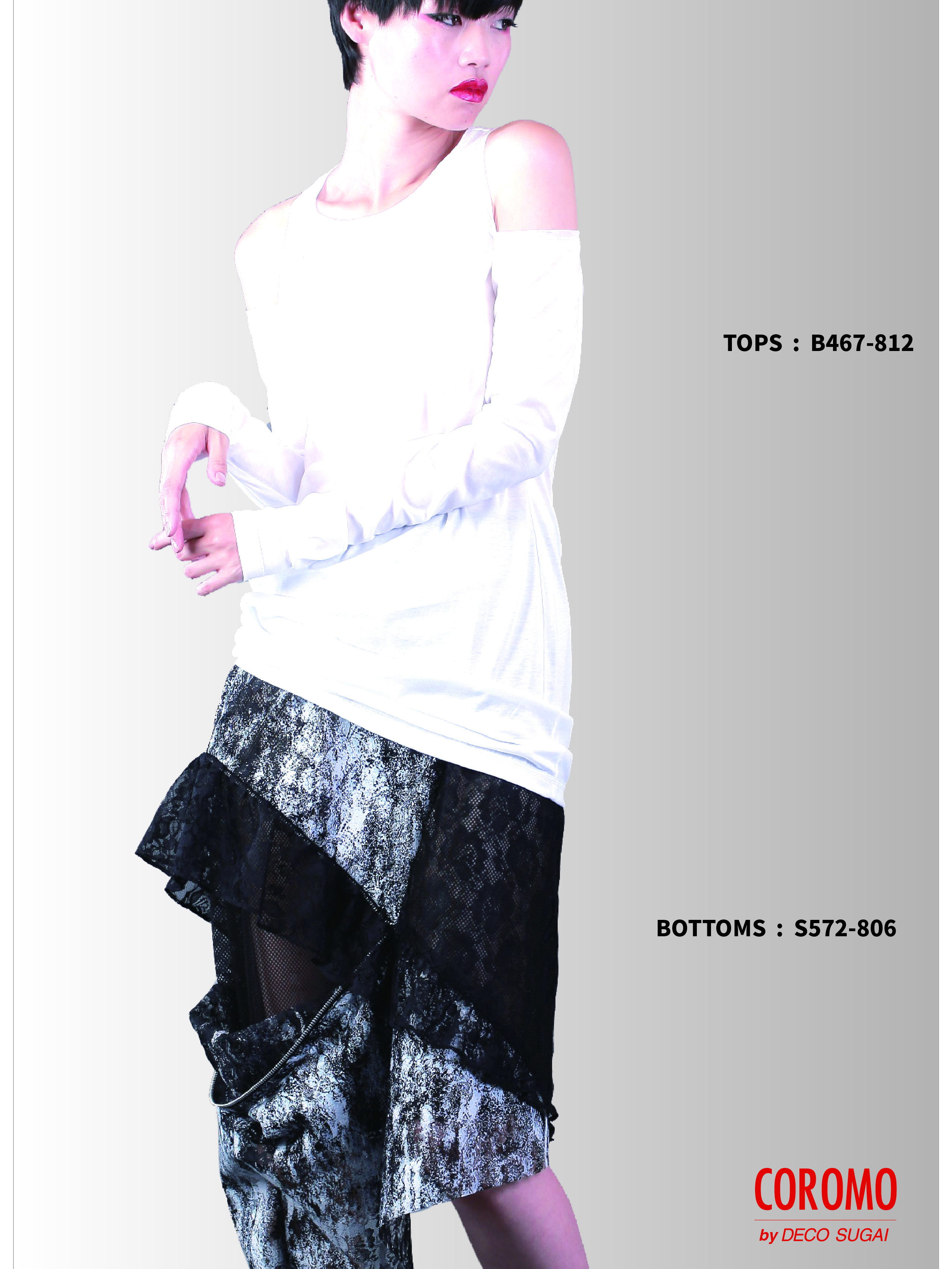
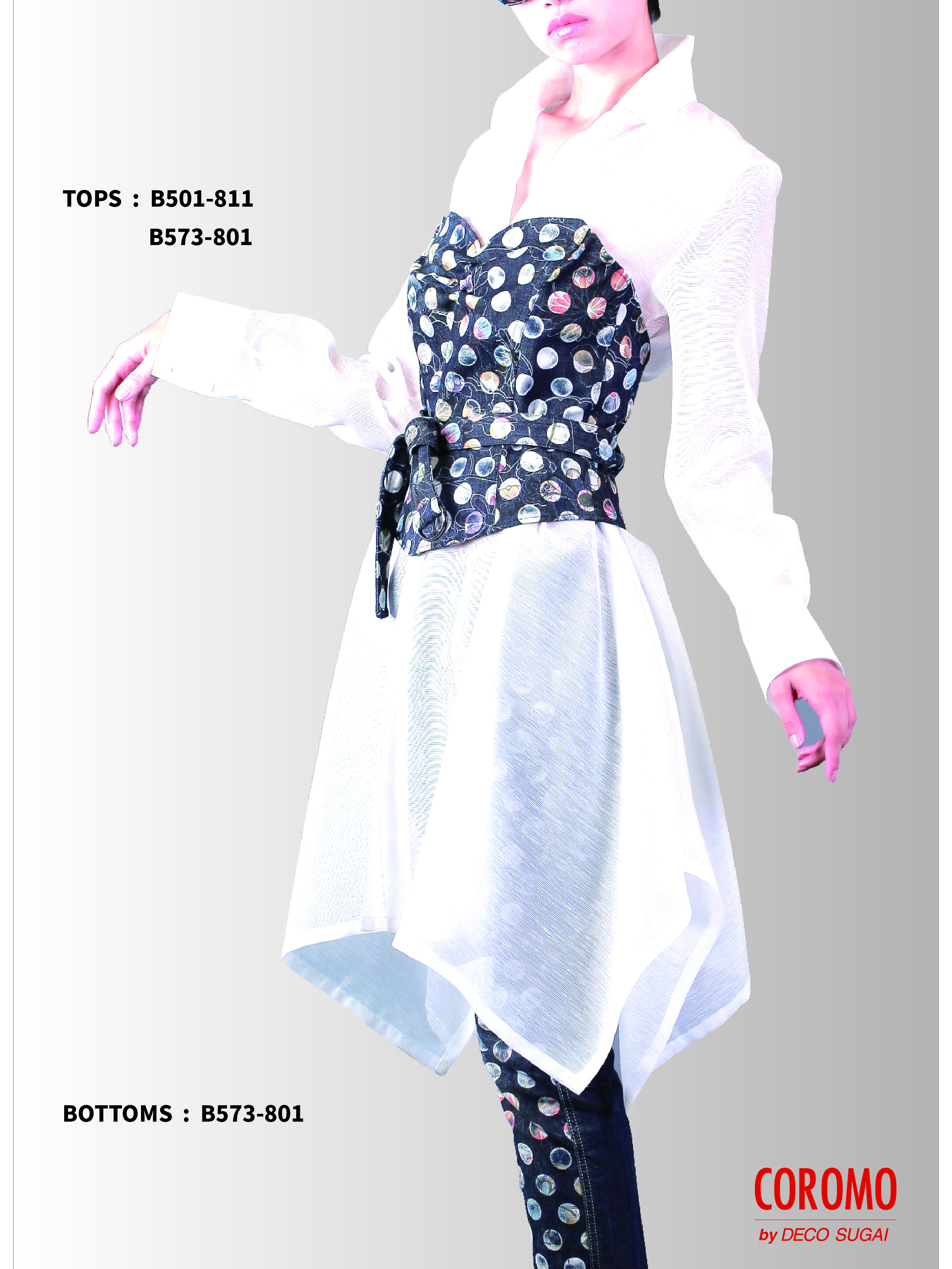
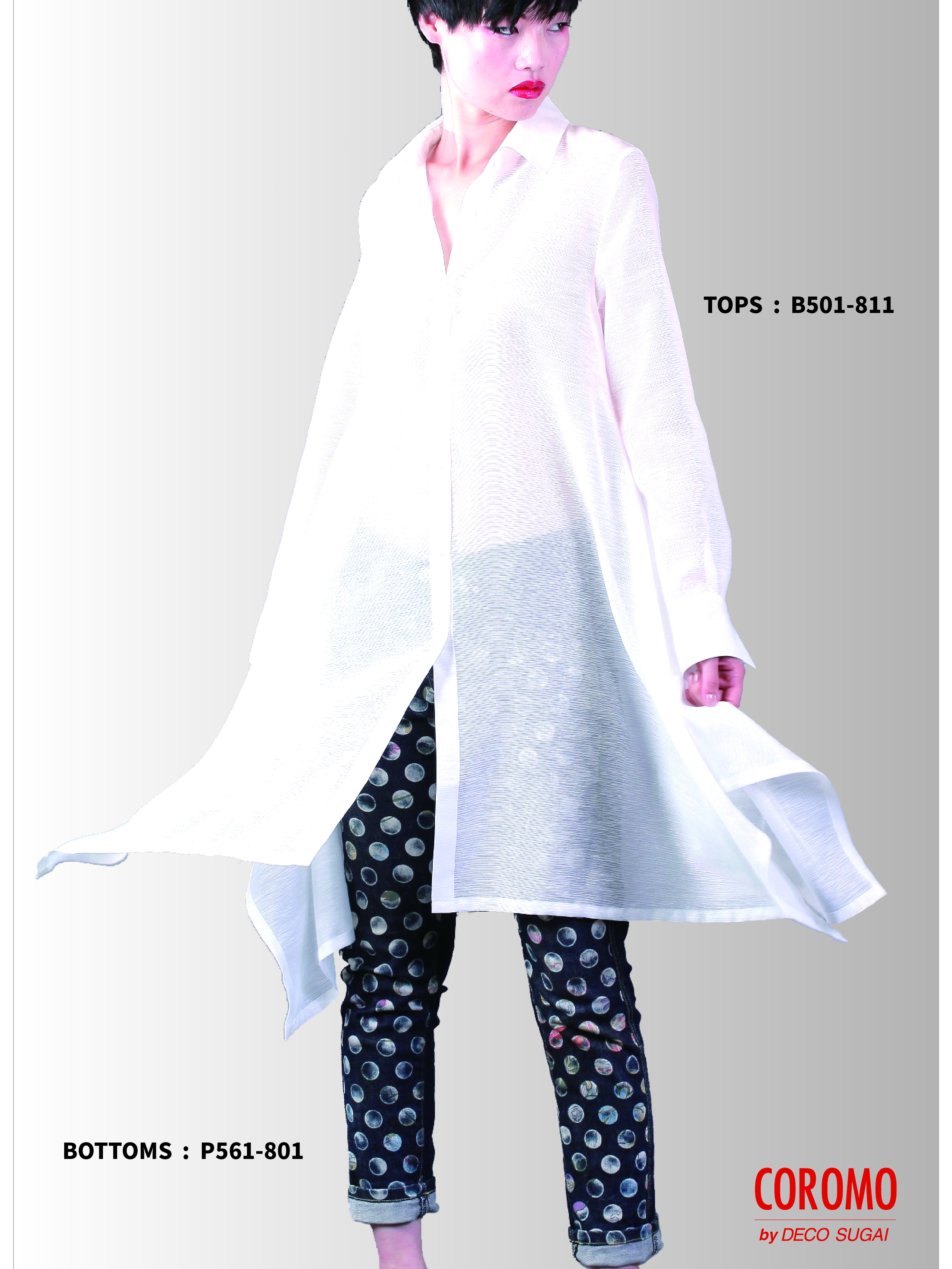
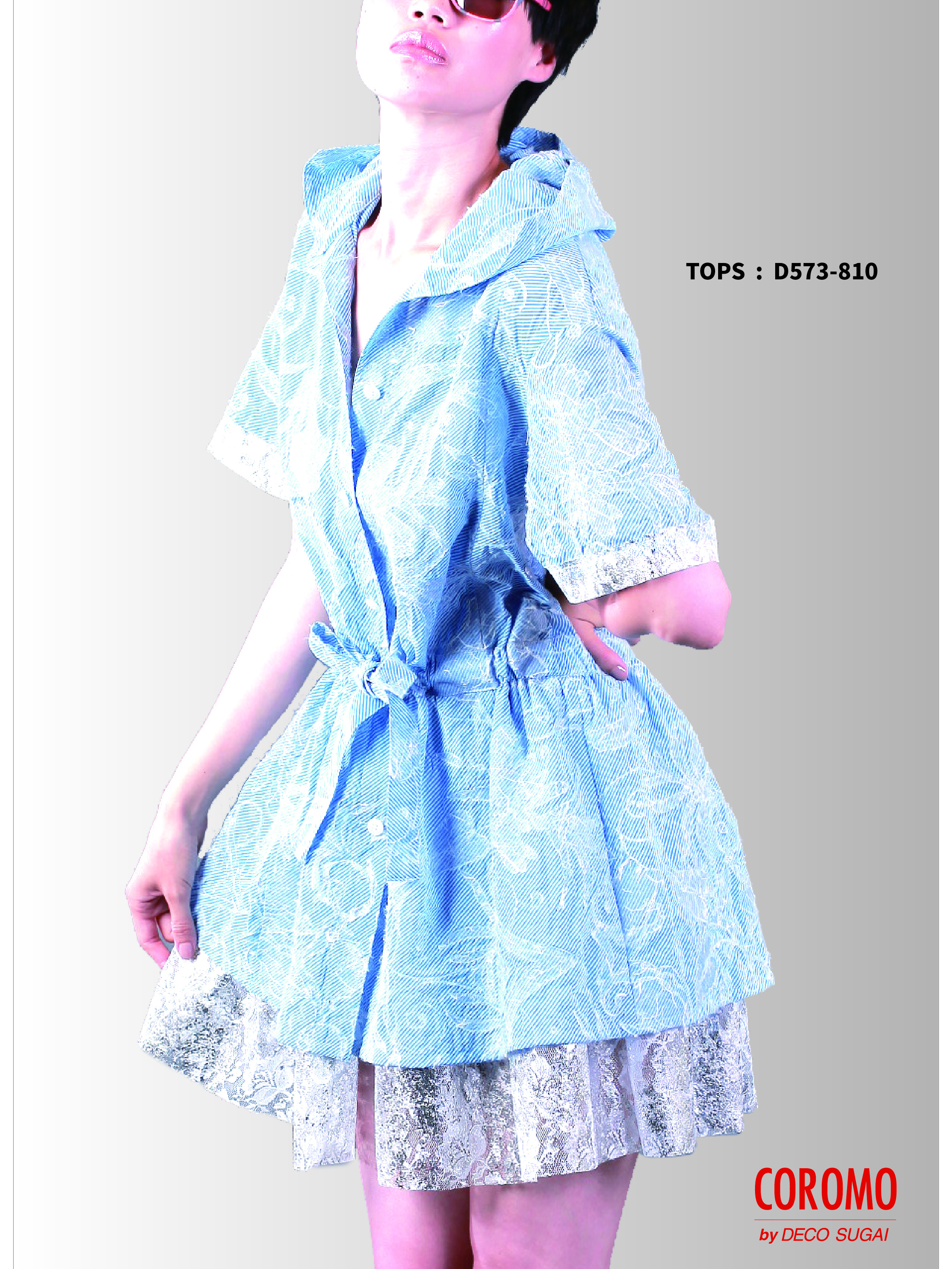
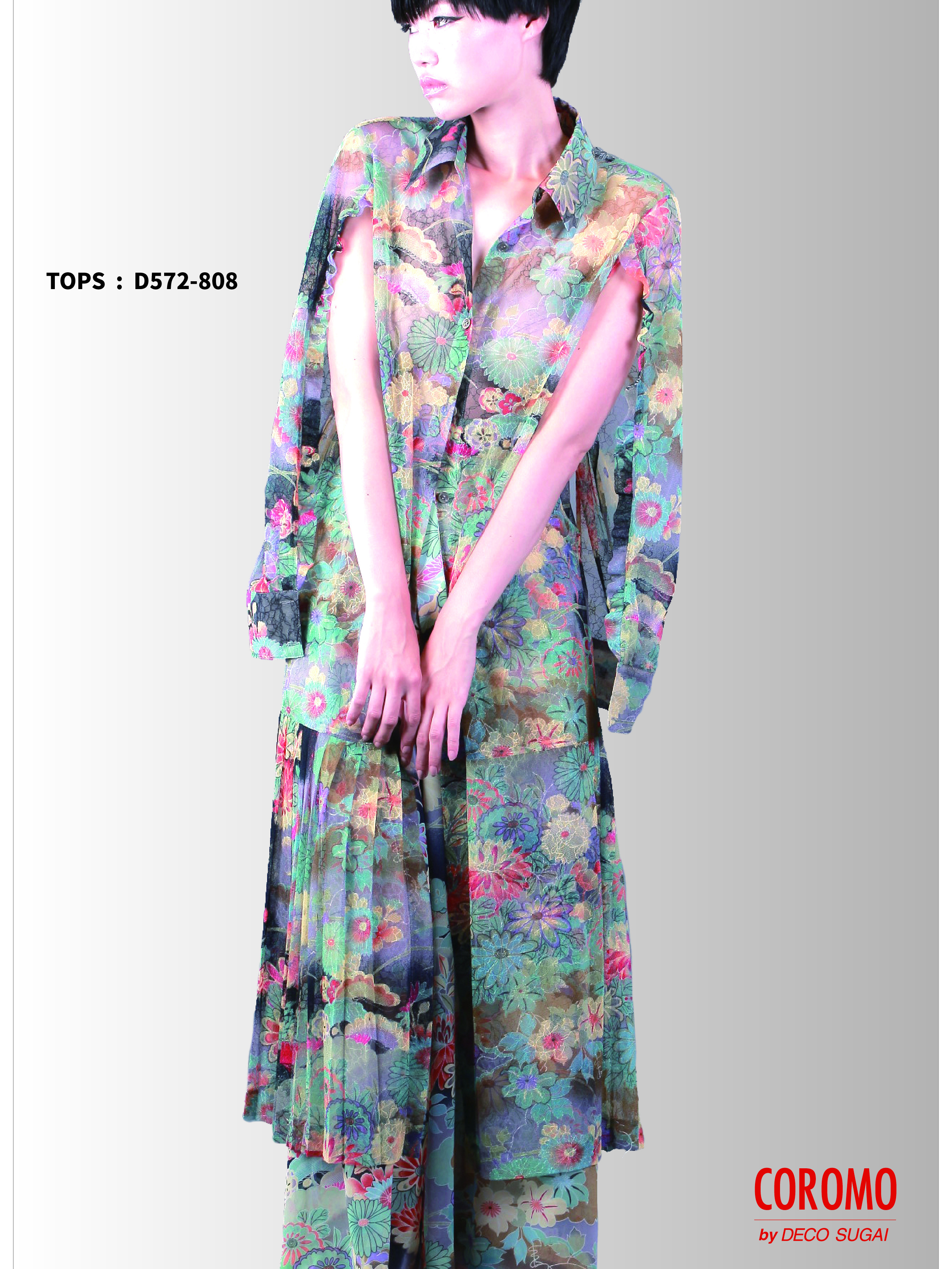
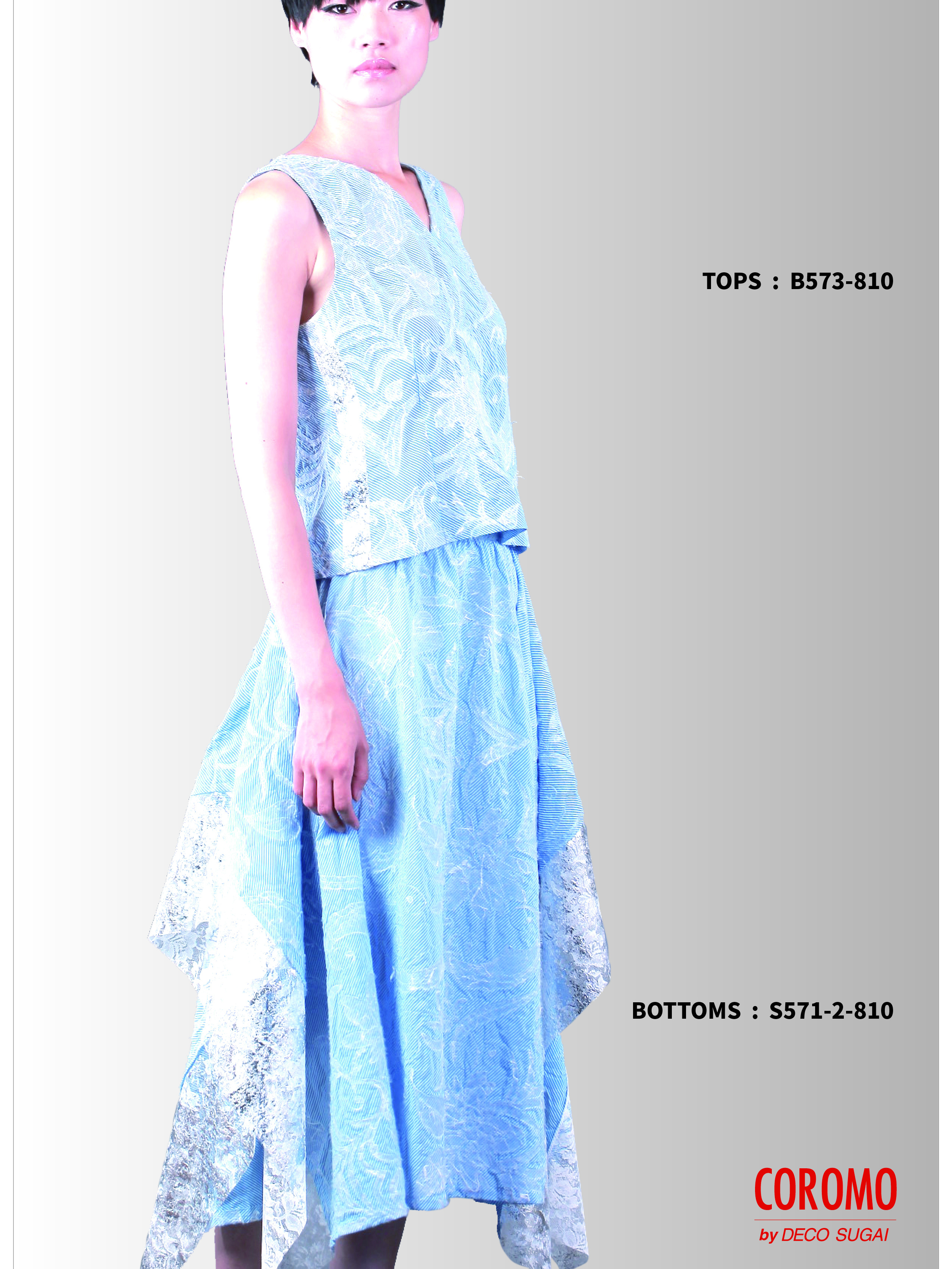
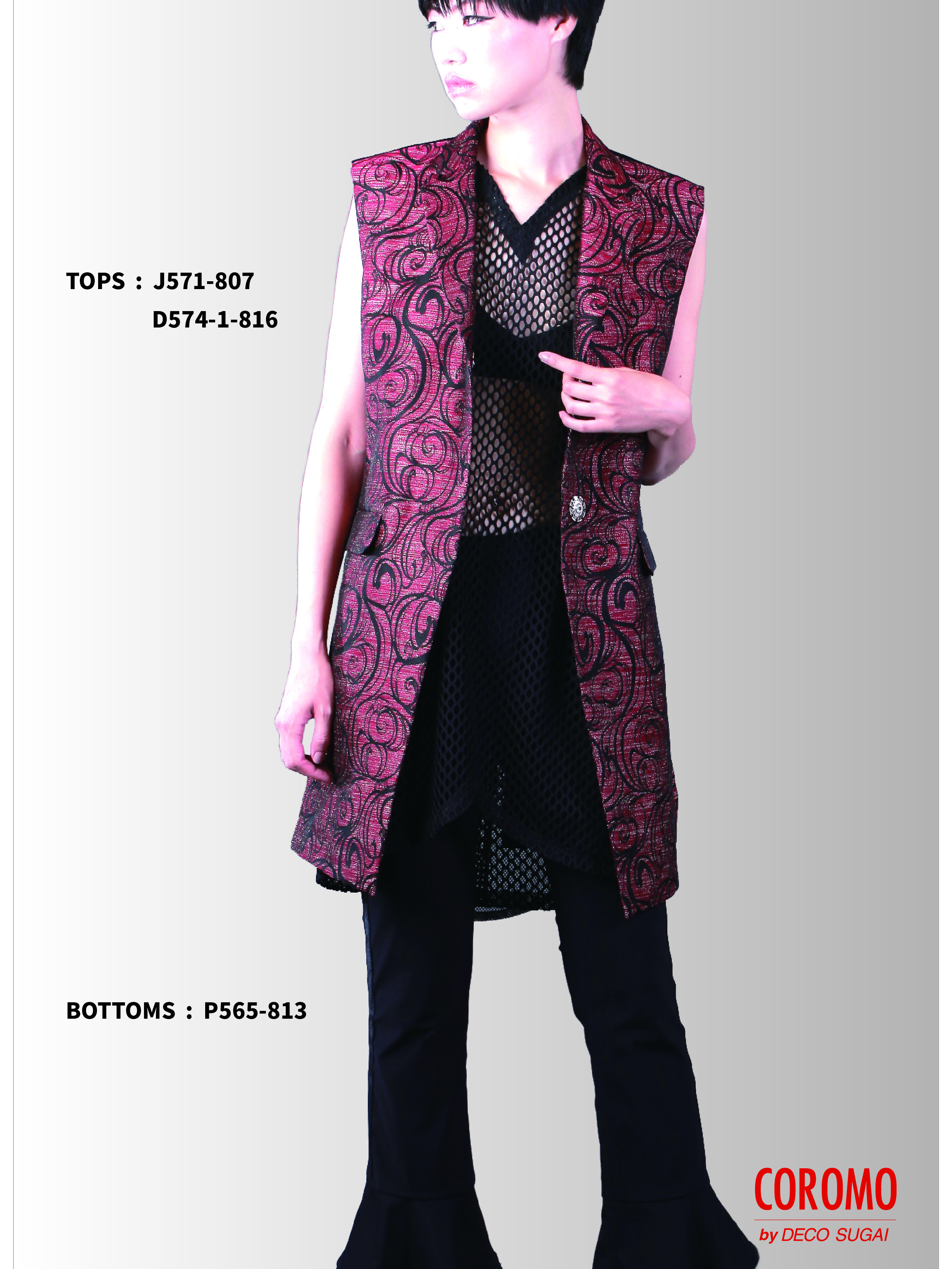
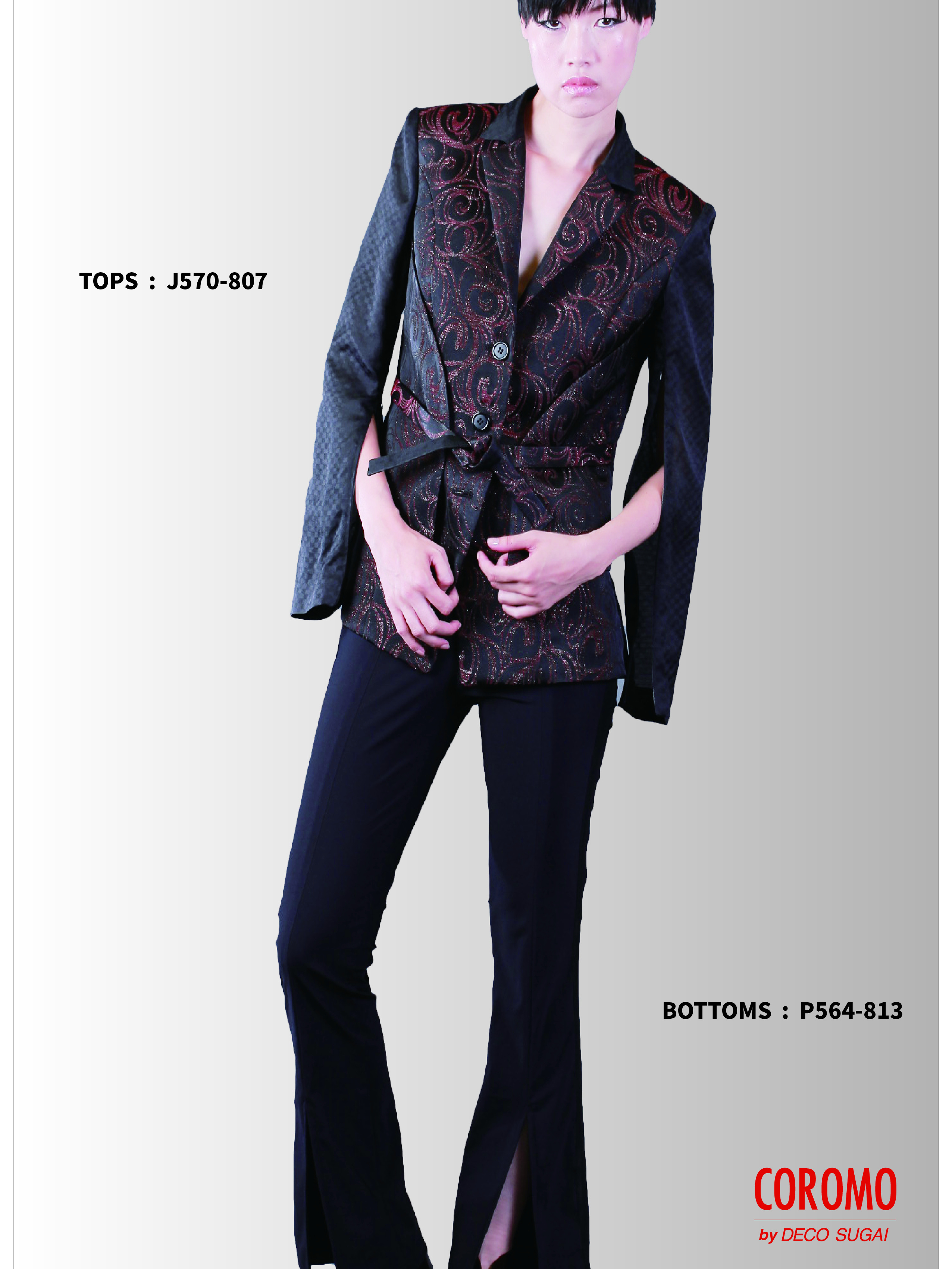
ACCESS
アクセス
